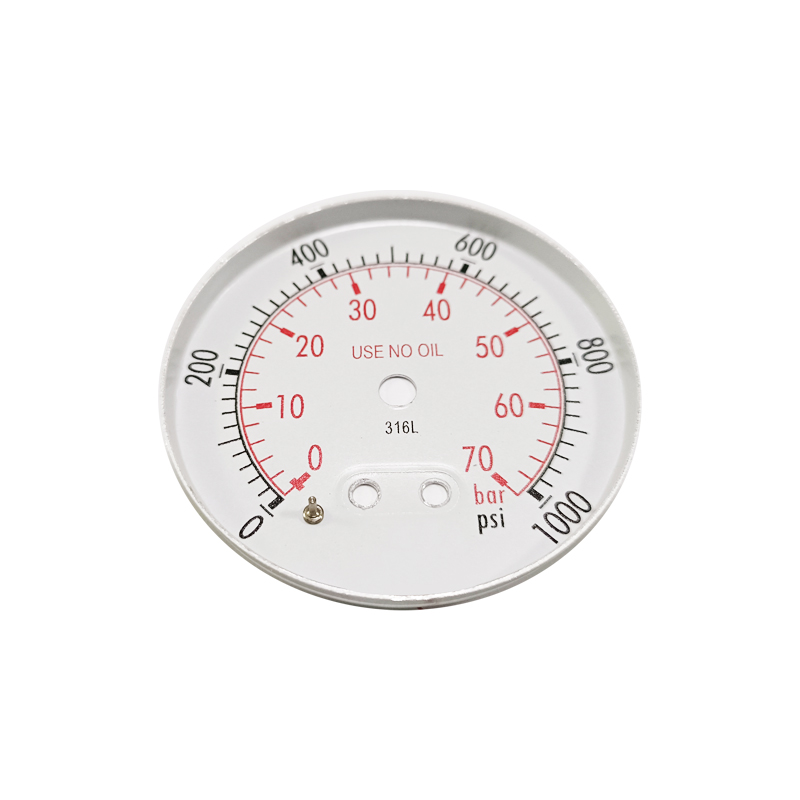
Jul . 26, 2024 03:22 Back to list
Understanding Fire Pump Discharge Pressure Gauges for Optimal Performance and Safety Standards
Understanding Fire Pump Discharge Pressure Gauges Key Components and Significance
Fire protection systems are essential for ensuring the safety of buildings and the well-being of occupants. Among the crucial components of such systems are fire pumps, which are designed to deliver adequate water supply to extinguish fires effectively. A vital part of the fire pump system is the discharge pressure gauge, an instrument that provides critical information regarding the performance and efficiency of the pump.
Importance of Fire Pump Discharge Pressure Gauges
Discharge pressure gauges are integral to fire pump operations. They measure the pressure of water being discharged from the pump, allowing firefighters and system operators to determine whether the pump is functioning optimally. Accurate pressure readings are crucial; they inform personnel whether the pump is delivering the necessary pressure to fight a fire effectively.
In the event of an emergency, having a reliable pressure gauge can facilitate quicker response times. If the discharge pressure is lower than the required standard, it can indicate potential issues such as pump malfunction, blockages in hoses, or improper pump sizing. This early detection can prevent catastrophic failures during critical moments.
Features and Specifications
Fire pump discharge pressure gauges vary in design, material, and technology. Most gauges are designed to withstand extreme conditions, including high pressure and the potential for water exposure. Common specifications include
fire pump discharge pressure gauge company

1. Range Fire pump gauges typically have a pressure range that accommodates the maximum expected discharge pressure, often around 0 to 300 psi (pounds per square inch). This ensures that they can provide accurate readings under various operational conditions. 2. Material The casing of the gauge is frequently made from materials such as stainless steel or brass to ensure durability, resilience, and resistance to corrosion. The face can be glass or polycarbonate, designed to withstand high-impact situations. 3. Connection Types Gauges usually feature standard connections (like 1/4 NPT) to fit various fire pump systems seamlessly.
4. Accuracy Most fire pump gauges offer an accuracy rating of ±1% of full scale to ensure precise measurements.
Installation and Maintenance
Proper installation and regular maintenance of discharge pressure gauges are critical for reliable operation. They should be mounted in a position that allows for easy visibility and access. The connection points must be tight to prevent leaks, and periodic calibration is necessary to maintain accuracy.
Routine checks should include inspection for any signs of wear and tear, corrosion, or physical damage. It is also essential to ensure that the gauge reads pressure in alignment with the manufacturer's specifications during tests or drills. Any discrepancies should prompt immediate investigation to avoid potential issues during a fire emergency.
Conclusion
In conclusion, fire pump discharge pressure gauges are essential for monitoring and ensuring the efficiency of fire protection systems. Their ability to provide real-time data regarding pump performance plays a vital role in firefighting efforts and overall building safety. Investing in high-quality gauges, adhering to proper installation practices, and conducting regular maintenance can significantly enhance the reliability of fire pump systems, ultimately safeguarding lives and property. In a world where fire safety is paramount, understanding and utilizing these gauges is a step toward preventive measures that can make all the difference in an emergency.
-
High-Precision 5 Valve Manifold Differential Pressure Gauge Suppliers
NewsApr.29,2025
-
High-Precision Diaphragm Vacuum Pressure Gauges Manufacturers & Quotes
NewsApr.29,2025
-
Omega Differential Pressure Gauges High Accuracy & Durability
NewsApr.28,2025
-
Low Pressure Differential Pressure Gauges Precision Solutions & Quotes
NewsApr.28,2025
-
Digital Diaphragm Pressure Gaauge Precision Measurement & OEM Quotes
NewsApr.28,2025
-
Differential Pressure Gauge China Price High-Accuracy & Best Quotes
NewsApr.28,2025
